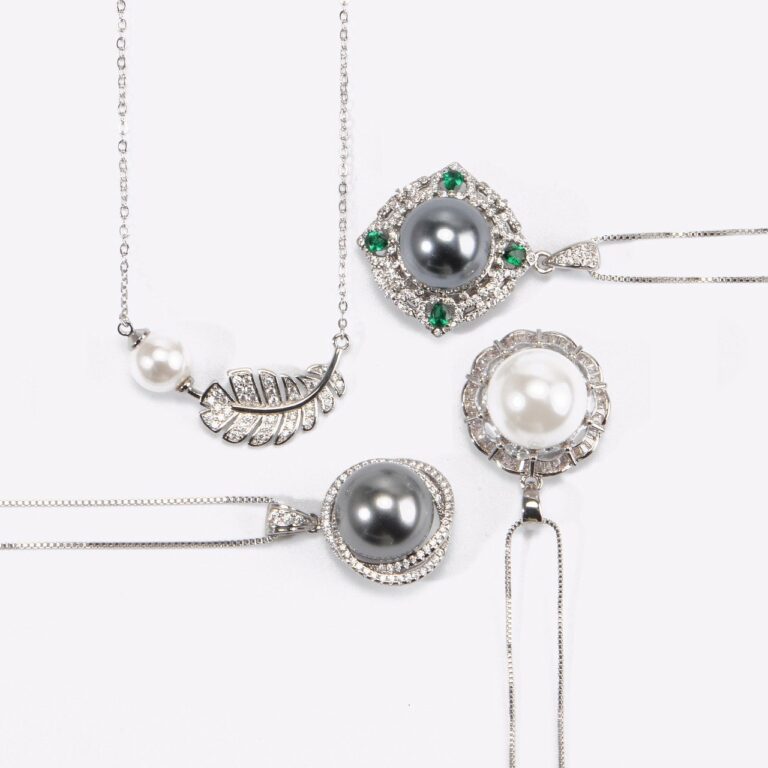The History of High Heels: From Royal Courts to Catwalks
In Ancient Egypt, it is believed that high heels were originally worn by butchers to avoid stepping on blood and offal in their workplaces. These early heeled shoes were likely made of a solid material like wood and served a practical purpose rather than a fashion statement. Over time, however, high heels became a symbol of social status and were worn by both men and women in ancient Egyptian society.
The elevated footwear in ancient Egypt eventually evolved to signify power and wealth, with higher heels often indicating a higher social standing. As such, wearing high heels became a way for individuals to display their importance and influence within the community. The intricate designs and materials used to craft these heels further emphasized the wearer’s status, showcasing their wealth and sophistication.
Evolution in Ancient Greece and Rome
In ancient Greece and Rome, the evolution of footwear was closely tied to societal status and function. Both men and women wore sandals, but the style and quality of the sandals often reflected a person’s wealth and social standing. Wealthy individuals would sport sandals made of soft leather or even adorned with jewels, while the lower classes would wear simpler, more utilitarian versions.
One distinctive feature of footwear in ancient Greece and Rome was the use of laced sandals known as caligae by Roman soldiers. These sturdy sandals, often made of leather and featuring thick soles with hobnails, were designed for durability and practicality on the battlefield. The intricate interlacing of straps not only provided stability and support but also became a symbol of military prowess and strength.
• Sandals in ancient Greece and Rome were a status symbol
• Wealthy individuals wore sandals made of soft leather or adorned with jewels
• Lower classes wore simpler, more utilitarian versions
• Roman soldiers wore laced sandals called caligae for durability on the battlefield
• Caligae featured thick soles with hobnails for practicality
• Interlacing of straps in caligae provided stability and support
High Heels in Medieval Europe
High heels in Medieval Europe were not just fashionable accessories; they also held symbolic significance. Wearing high heels was a way for nobility to showcase their social status and wealth, as it demonstrated that they did not need to engage in manual labor. The height of the heels often indicated the level of status of the wearer, with taller heels reserved for those of higher rank.
Despite the association with nobility, high heels were not exclusively worn by the upper class. In fact, individuals from various social classes in Medieval Europe could be seen sporting high-heeled shoes. However, the materials and decorative elements used in the construction of the heels varied depending on one’s social standing. The popularity of high heels continued to rise throughout the medieval period, blending both fashion and societal hierarchy in a single footwear choice.
When did high heels first originate?
High heels can be traced back to Ancient Egypt, where they were worn by upper-class individuals to signify social status.
How did high heels evolve in Ancient Greece and Rome?
In Ancient Greece and Rome, high heels were worn by actors to distinguish between different characters in theatrical performances. They were also worn by courtesans to enhance their appearance.
How did high heels become popular in Medieval Europe?
High heels became popular in Medieval Europe as a fashion statement among the aristocracy. They were seen as a symbol of wealth and status, and were often worn by both men and women.
Were high heels uncomfortable to wear in Medieval Europe?
While high heels were fashionable in Medieval Europe, they were also known to be uncomfortable to wear for extended periods of time. They were often seen as a symbol of beauty and sophistication, despite the discomfort they caused.







